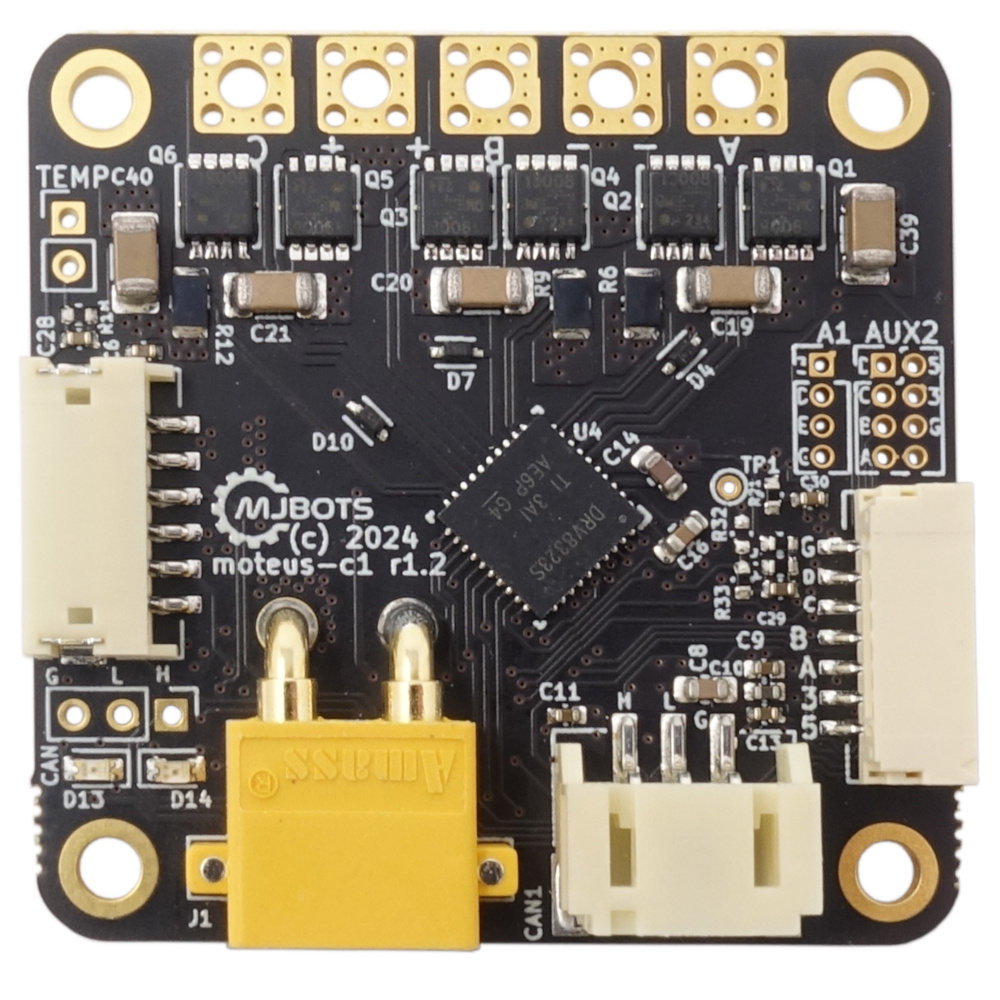Debugging moteus calibration failures
NOTE 2025-10-29: An updated version of this post can now be found in the official moteus documentation:
When setting up a moteus controller with a new motor, you typically first run the automatic calibration sequence as documented in the reference manual. When your system is working well, that should be all that is necessary to enable moteus to perform accurate FOC based torque control of the motor. Then you can set up basic parameters and tune the position PID control loop. What happens though when the automatic calibration doesn’t work? This post shares the most common failure modes during calibration.

